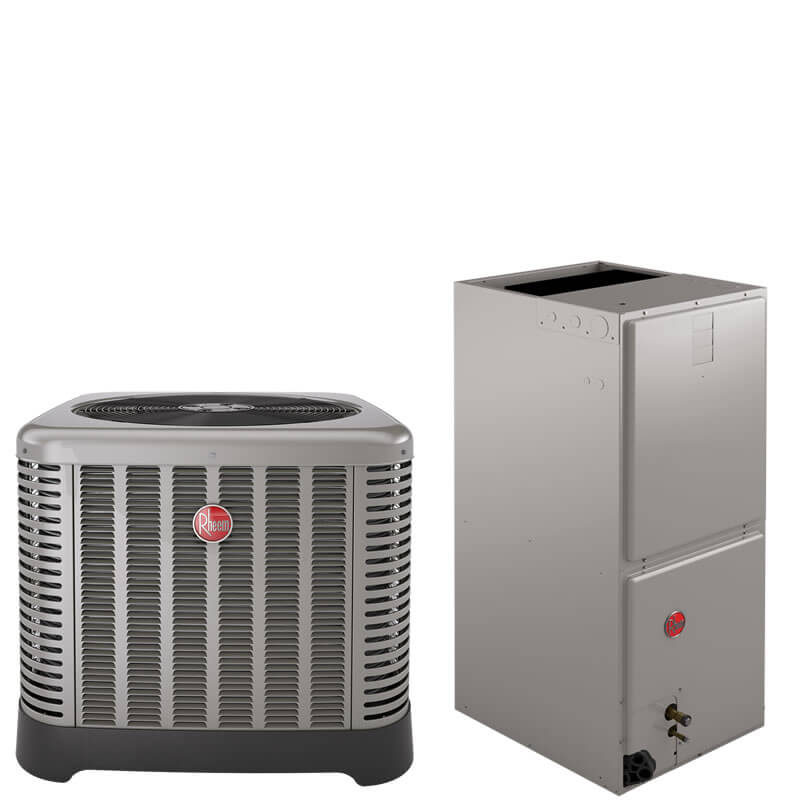Hybrid heat pumps, also known as hybrid heating systems or dual-fuel heat pumps, are advanced HVAC (heating, ventilation, and air conditioning) systems that combine two different heating technologies to optimize energy efficiency and comfort in residential or commercial spaces. The primary components of a hybrid heat pump system include:
• Heat Pump: The heat pump component is the primary heating and cooling system. Heat pumps work by transferring heat between the indoor and outdoor environments. In heating mode, they extract heat from the outdoor air (even in cold temperatures) and deliver it indoors. In cooling mode, they remove heat from indoors and release it outdoors.
• Auxiliary or Backup Heating System: The auxiliary heating system typically consists of a traditional furnace or boiler, often powered by propane or oil. This component is used as a backup source of heat when the heat pump alone cannot efficiently meet the heating demand, such as during extremely cold weather conditions.
The hybrid heat pump system is designed to switch between the heat pump and the auxiliary heating system based on factors like outdoor temperature and the heating/cooling load of the building. The system’s intelligent controls make real-time decisions to use the most cost-effective and efficient heating source at any given moment. Here’s how the system typically operates:
• Moderate Temperatures: During moderate temperatures, the heat pump is the primary heating source. It extracts heat from the outdoor air and uses it to warm the indoor space. Heat pumps are very efficient in this temperature range.
• Extreme Cold: When outdoor temperatures drop significantly, the efficiency of the heat pump decreases, as there is less heat available in the outdoor air to extract. In these conditions, the system might switch to the auxiliary heating system, which can provide more heat even in very cold conditions.
The goal of a hybrid heat pump system is to balance energy efficiency and cost-effectiveness. By utilizing the heat pump’s efficiency during moderate temperatures and the backup system’s power during extreme cold, these systems aim to provide consistent and comfortable indoor temperatures while minimizing energy expenses.

